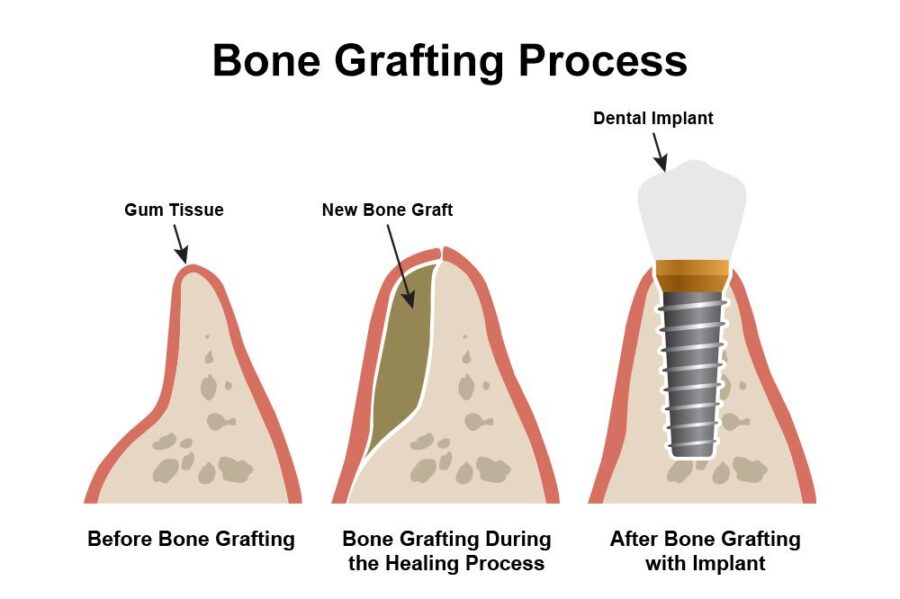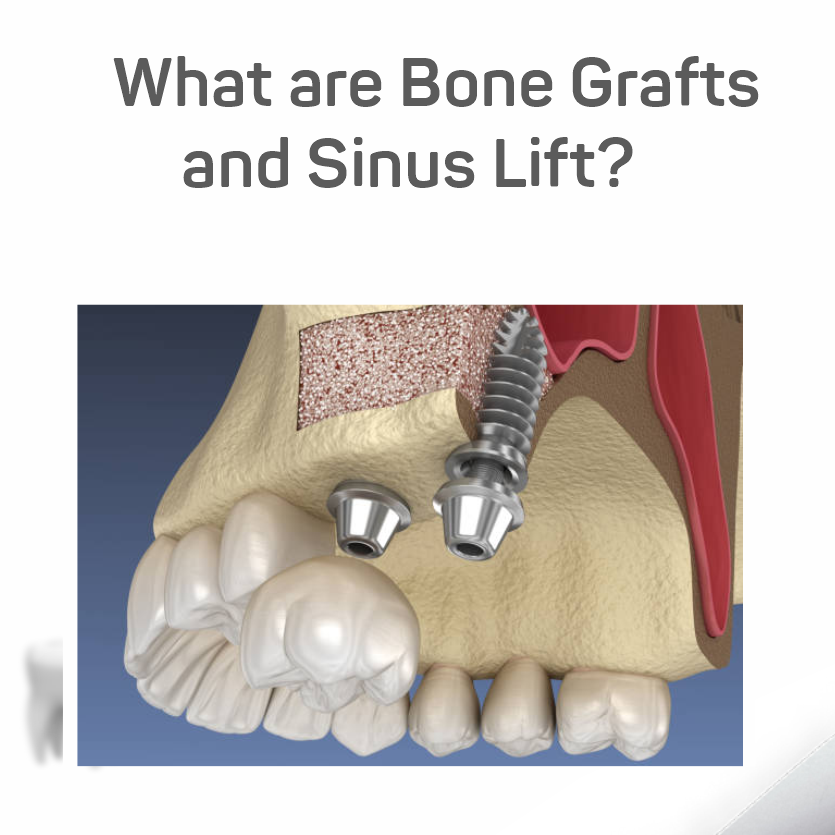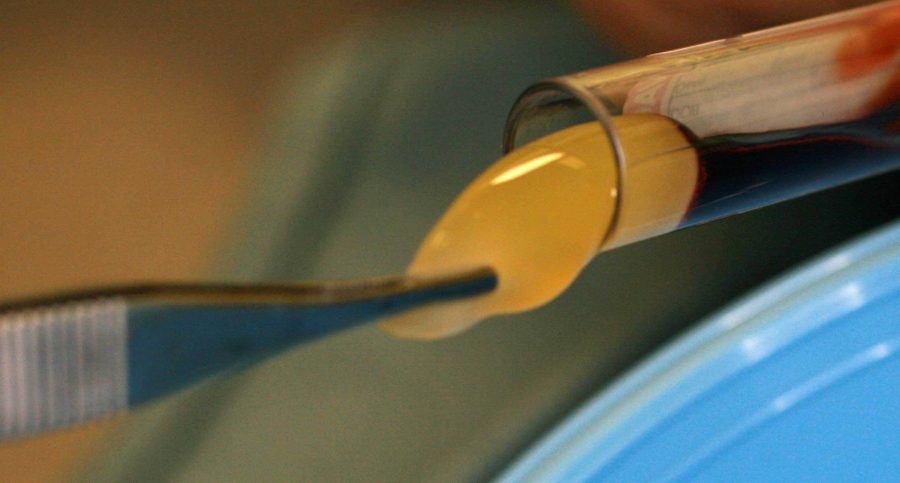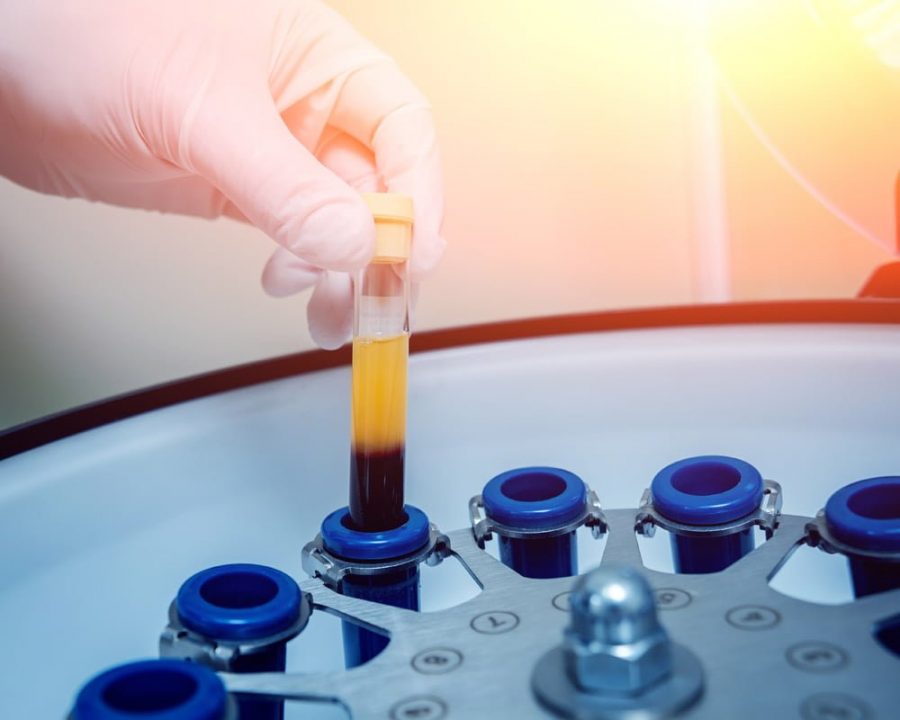Within the complex fabric of dental health, there is an intriguing field where art and science converge, where the building blocks of your smile are painstakingly created: the field of bone graft and platelet-rich fibrin (PRF). Join us on this fascinating adventure, led by the masterful Dr. Chirag Chamria of Royal Dental Clinics, and be ready to see the wonders that may provide a strong and long-lasting foundation for your teeth.
Purpose of Bone Graft
Within the ornate field of dentistry, a bone graft serves a similar purpose as a magnificent building project. Think of your jawbone as the main pillar that holds up your teeth, like a magnificent edifice. But like any great work of architecture, the jawbone can experience problems, including bone loss from trauma, tooth extraction, or periodontal disease.

By carefully adding bone material to locations where bone loss has occurred, a bone graft aims to correct these issues. It’s a methodical reconstruction of the structural base supporting your teeth—a regenerative procedure. Consider it the maintenance done to a historically significant structure to assure its stability and lifespan.
Setup of a Bone Graft
The setup of a bone graft procedure is a meticulous orchestration of various instruments and tools, each playing a crucial role in the intricate dance of dental restoration. Think of it as a surgeon’s toolkit, finely tuned to sculpt and shape the foundation of a resilient smile.
Let’s delve into the key elements that compose the setup:
Suture Needle and Thread: These are akin to the delicate stitches in a tailor’s hands, meticulously closing and securing the surgical site after the bone graft procedure. Sutures help promote proper healing and prevent complications, ensuring a seamless and robust recovery.
Metal Dappen Dish: This small metal dish serves as a palette for the dentist, holding and organizing various materials during the procedure. It’s the artist’s palette where the necessary materials for the bone graft are placed, ready to be skillfully utilized.
Handpiece: The handpiece is a precision tool, resembling a high-tech drill, used for delicate bone preparation. It allows the dentist to create the necessary space for the bone graft and ensures accuracy in the placement of graft materials.
More to Setup of a Bone Graft
Bone-cutting burs: These specialized burs are the sculptor’s chisels, tailored for bone work. They come in various shapes and sizes, allowing the dentist to shape and contour the bone according to the specific requirements of the procedure.
Bone Graft: The star of the show, the bone graft material itself, takes center stage. This can be autograft (from the patient’s own body), allograft (donor graft), or xenograft (derived from animals). The choice depends on factors such as the patient’s condition and the dentist’s expertise.

Membrane: Think of the membrane as a protective cloak, shielding the newly placed bone graft and promoting optimal healing. It acts as a barrier, preventing unwanted elements from interfering with the regenerative process while providing a conducive environment for bone growth.
Instruments like Bone files and carriers: These instruments are the sculptor’s finer tools, refining and shaping the bone graft to fit seamlessly into the targeted area. A bone file helps in smoothing rough edges, and carriers facilitate the precise placement of graft material.
Blade No. 15: Similar to a surgeon’s scalpel, Blade No. 15 is a versatile and commonly used blade for making precise incisions during the procedure. It ensures clean and controlled cuts, which is crucial for the success of the bone graft.
Scissors and Forceps: These are the versatile tools in the dentist’s hands, used for cutting and handling various materials with precision. Scissors neatly trim membranes, while forceps delicately manipulate tissues during the procedure.
Purpose of Platelet-Rich Fibrin (PRF)
In the field of dental regeneration, platelet-rich fibrin (PRF) is the secret ingredient that boosts the efficacy of bone graft treatments like a potent catalyst. By utilizing the patient’s own blood’s regeneration power, PRF is added to the process, transforming the bone graft from a routine operation into a dynamic, faster healing process.

Think of your blood as a gold mine of platelets, white blood cells, and growth factors—the body’s own natural healers. By concentrating and using these components, PRF aims to produce a strong biological cocktail that greatly improves the bone graft’s capacity for regeneration. Here’s how PRF makes this happen:
Rich in Growth Factors
Platelets are like the superheroes of your blood, packed with growth factors that play a pivotal role in tissue repair and regeneration. By incorporating PRF into the bone graft, the concentration of these growth factors is amplified, creating an optimal environment for accelerated healing.
Enhanced Cellular Response
White blood cells, another integral component of PRF, contribute to the body’s immune response. When concentrated in PRF and added to the bone graft, these cells foster an enhanced cellular response, promoting faster tissue repair and minimizing the risk of infection.
Faster Healing and Bone Formation
The growth factors in PRF act as messengers, signaling the body’s cells to expedite the healing process. When introduced into the bone graft site, PRF accelerates bone formation, facilitating a quicker integration of the graft material with the existing bone structure.
Improved Graft Stability
The PRF matrix serves as a natural scaffold, providing structural support for the bone graft. This not only aids in the stability of the graft material but also enhances its overall success by promoting a seamless fusion with the surrounding tissues.
Reduced Risk of Complications
PRF, being derived from the patient’s own blood, minimizes the risk of adverse reactions or complications. It’s a biocompatible solution that aligns perfectly with the body’s natural healing mechanisms, ensuring a harmonious integration of the bone graft.
Cost-Effective and Biologically Sound
Utilising PRF in bone graft procedures is a cost-effective and biologically sound approach. By harnessing the patient’s own resources, it eliminates the need for synthetic additives and reduces the risk of rejection or allergic reactions.
Setup of Platelet Rich Fibrin (PRF)
The setup of Platelet-Rich Fibrin (PRF) is akin to preparing a sophisticated potion, carefully combining elements to create a regenerative elixir that enhances the efficacy of dental procedures. Each component in the setup plays a specific role, contributing to the extraction and concentration of platelets from the patient’s blood.
Let’s dissect the elements of the PRF setup:
Tourniquet: The tourniquet is the first actor in the PRF setup, employed to temporarily restrict blood flow. By applying pressure to a limb, usually an arm, it aids in the collection of a specific volume of blood required for the PRF procedure.
Syringe: The syringe is the vessel that collects the patient’s blood. It serves as a conduit, drawing the blood from a vein, usually in the arm, with precision and control.
Vacutainer Blood Collection Tube: The vacutainer tube is a specialized container designed to collect and preserve blood samples. It contains additives that prevent clotting and maintain the integrity of the blood during the collection process.

Test Tubes: These vessels are where the magic happens. The collected blood is transferred to test tubes, which will undergo a centrifugation process to separate its components: red blood cells, platelet-poor plasma, and the coveted platelet-rich fibrin.
Metal Scoop: The metal scoop is the artisan’s tool in this setup. Once the blood is processed and separated, the metal scoop is used to carefully retrieve the PRF clot from the test tubes. This clot is rich in platelets and growth factors.
Metal Dappen Dish: Similar to its role in the bone graft setup, the metal dappen dish serves as the palette for the dentist, providing a clean and organized space for the PRF clot. It is the platform where the PRF is prepared for application during dental procedures.
More to Setup of Platelet Rich Fibrin (PRF)
Bone Graft: The bone graft material is often an integral part of the PRF setup. The combination of PRF with a bone graft enhances the regenerative potential, creating a powerful synergy that accelerates healing and promotes stability.
Membrane: The membrane, akin to a protective cloak, is sometimes used in conjunction with PRF. It helps shield the bone graft and PRF combination, fostering an optimal environment for healing and reducing the risk of complications.
Normal Saline: Normal saline, a sterile saltwater solution, is occasionally used in the PRF setup. It may be employed to irrigate or clean the surgical site, ensuring a pristine environment for the application of PRF and bone graft.
Use of Centrifugation Machine
Centrifugation machines are similar to a wizard’s cauldron when it comes to their application in dentistry, especially for preparing Platelet-Rich Fibrin (PRF). It is an effective instrument that concentrates and separates components of a fluid, like blood, by using the principles of centrifugal force. Now let’s explore the specifics of this machine’s use and its importance in dental applications:
- Separation of Components: The centrifugation process effectively separates the blood into layers. The top layer consists of platelet-rich plasma (PRP), which is a precursor to PRF. The middle layer contains platelet-poor plasma (PPP), and the bottom layer is rich in red blood cells.
- Extraction of PRF: After centrifugation, the middle layer, known as the Buffy coat, is rich in platelets and fibrin. This is carefully extracted, creating the Platelet-Rich Fibrin (PRF) clot. The use of a metal scoop or similar tool is common in this step.
- Application in Dental Procedures: The concentrated PRF is then ready for application in dental procedures. Whether combined with a bone graft or used alone, PRF enhances the regenerative potential by providing a rich source of platelets and growth factors, fostering accelerated healing.
Conclusion
When we reach the pinnacle of our investigation, picture a grin that has been reinvented to be strong, bright, and revivified. With his skill and dedication, Dr. Chirag Chamria creates a picture in which the goals and arrangements of PRF and bone grafting come together to create a masterpiece of dental health. Every patient leaves with a grin that is a monument to the marriage of science and creativity, thanks to the hands of a trained artist who guides the complicated path. Let Dr. Chirag Chamria and the advancements in bone graft and PRF be the notes in the dental care symphony that accompany your path to a strong and long-lasting smile.






